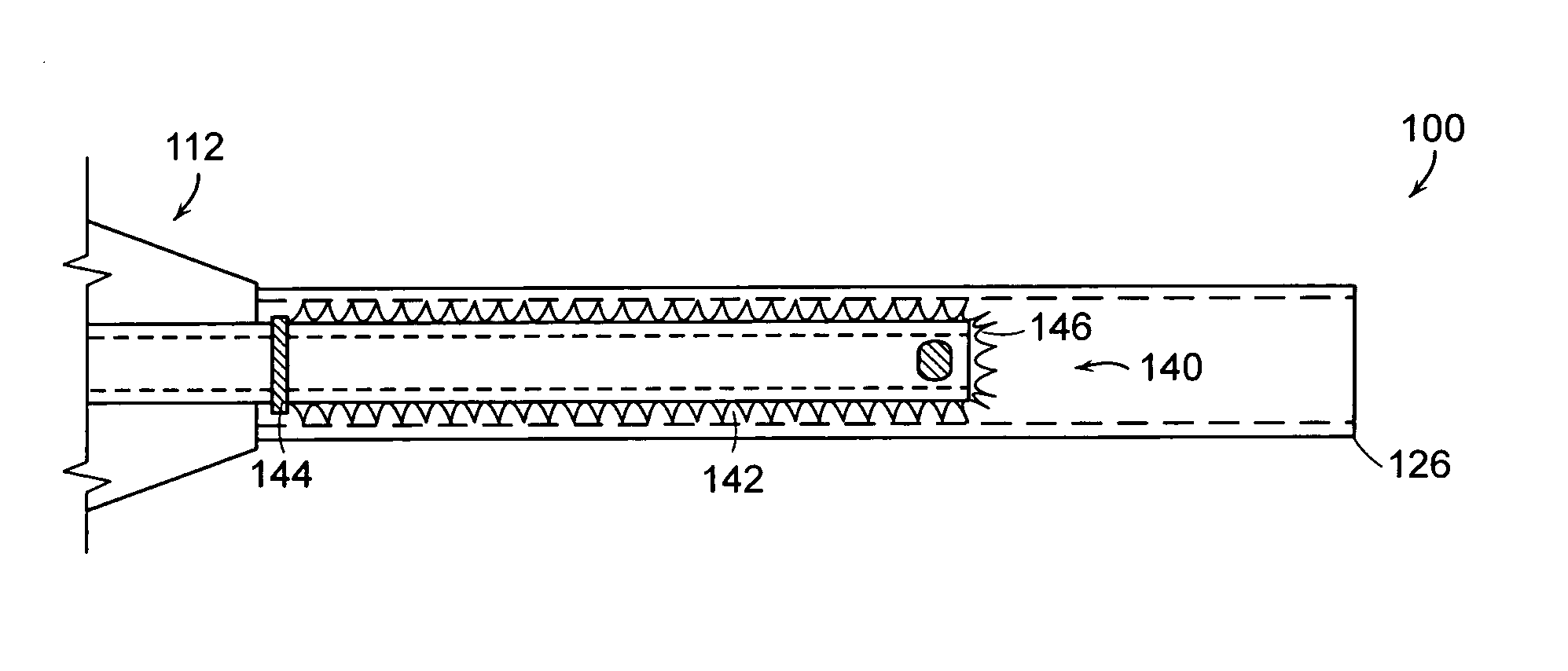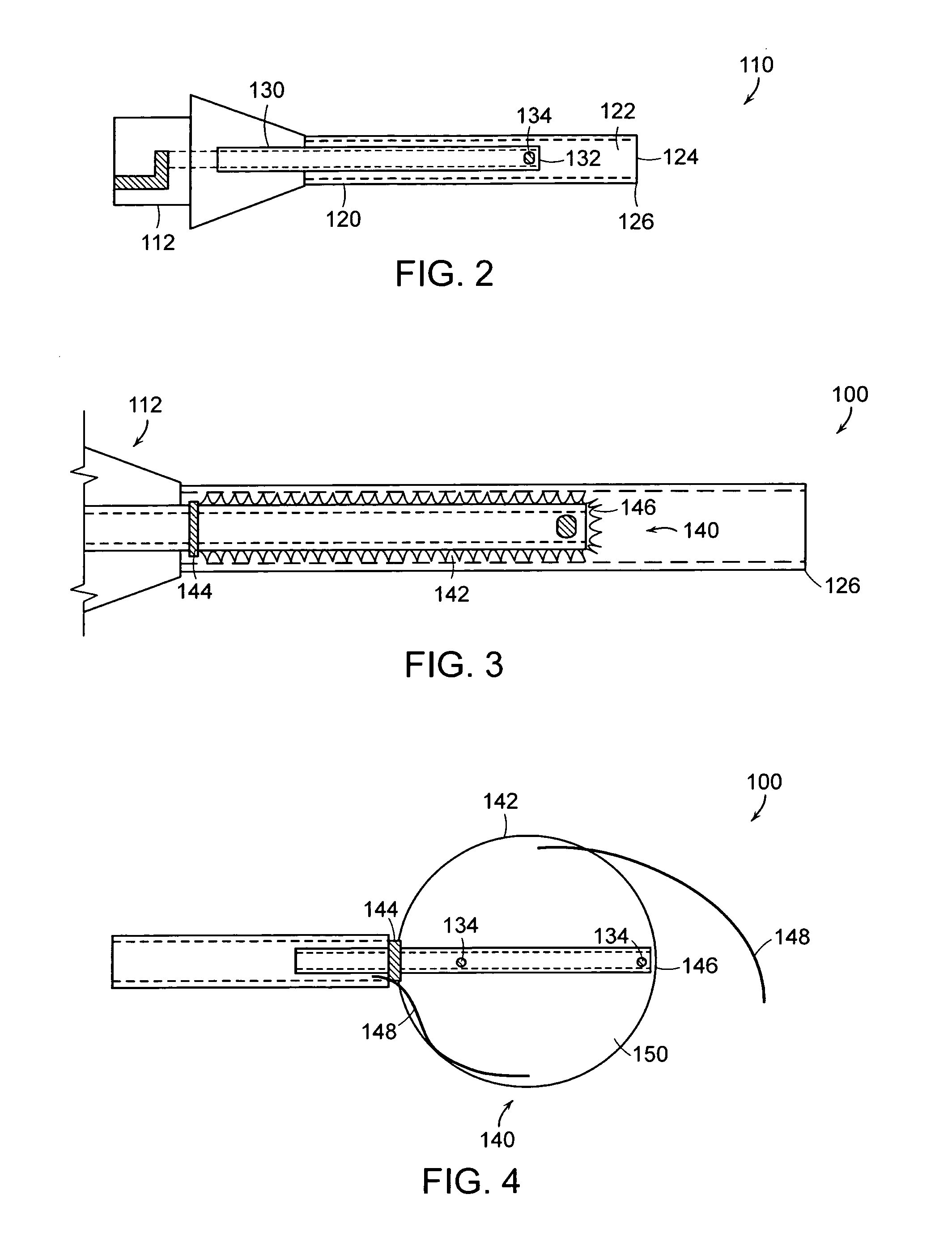Injectable bag intraocular lens system, inserting device for use therewith, method for inserting an injectable bag intraocular lens within a human eye, methods for treating aphakia and system kits
a technology of injectable bags and bags, which is applied in the field of injectable bags intraocular lens systems, can solve the problems of distorting the shape of viewed objects, reducing the refractive power of natural lenses, and affecting the treatment effect of aphakia, so as to prevent damage to the bag during storage
- Summary
- Abstract
- Description
- Claims
- Application Information
AI Technical Summary
Benefits of technology
Problems solved by technology
Method used
Image
Examples
Embodiment Construction
[0029]In the following discussion, reference shall be generally made to the illustrative cross-sectional view of an eye 2 provided in FIG. 1 for the general details and structure of the eye. Referring now to the various figures of the drawing wherein like reference characters refer to like parts, there is shown in FIGS. 2–4 various views of the injectable bag intraocular lens system 100 according to the present invention and / or elements of such a system including an insertion and injection device 110 and an intraocular lens 140.
[0030]The insertion and injection device 110 includes an outer member 120 and an inner member or plunger member 130. The outer member 120 includes a lumen 122 and an aperture 124 in communication with the lumen. The plunger member 130 is movably disposed within the outer member lumen 122 so that it traverses along the length of the outer member lumen between a first position where the distal end 132 lies within the outer member end as shown in FIGS. 2–3 and a...
PUM
 Login to View More
Login to View More Abstract
Description
Claims
Application Information
 Login to View More
Login to View More - R&D
- Intellectual Property
- Life Sciences
- Materials
- Tech Scout
- Unparalleled Data Quality
- Higher Quality Content
- 60% Fewer Hallucinations
Browse by: Latest US Patents, China's latest patents, Technical Efficacy Thesaurus, Application Domain, Technology Topic, Popular Technical Reports.
© 2025 PatSnap. All rights reserved.Legal|Privacy policy|Modern Slavery Act Transparency Statement|Sitemap|About US| Contact US: help@patsnap.com



